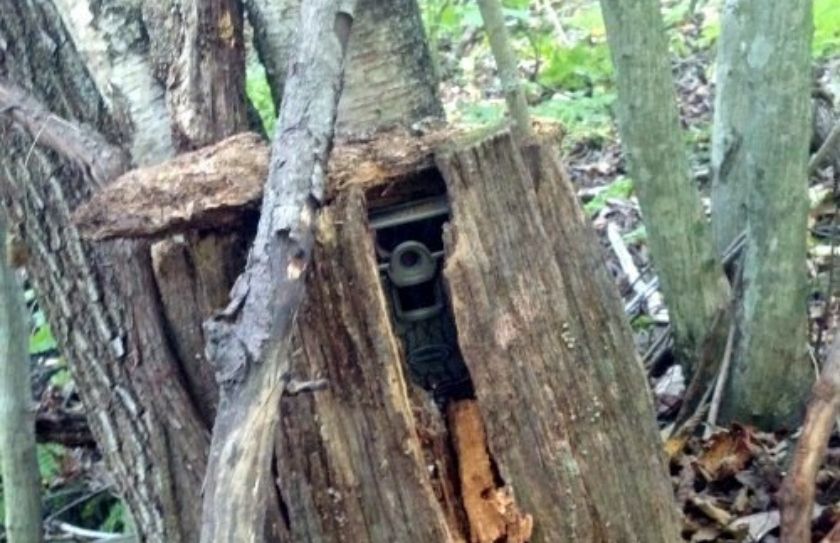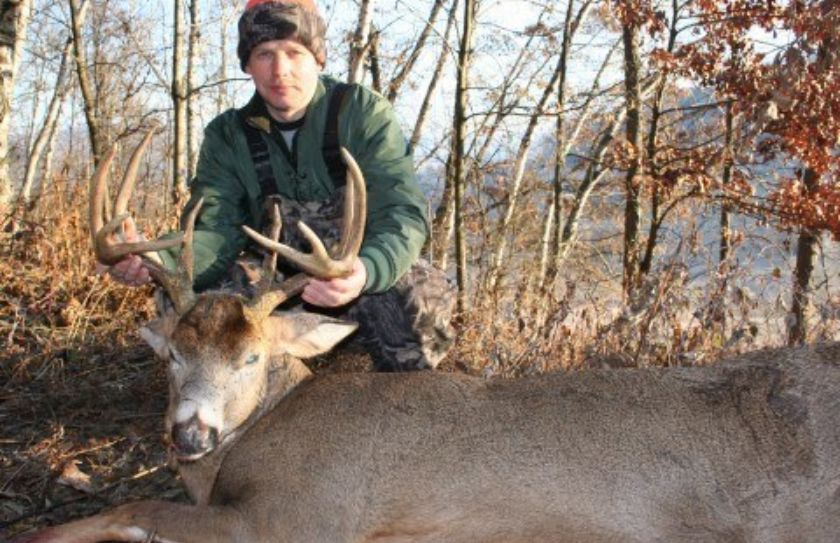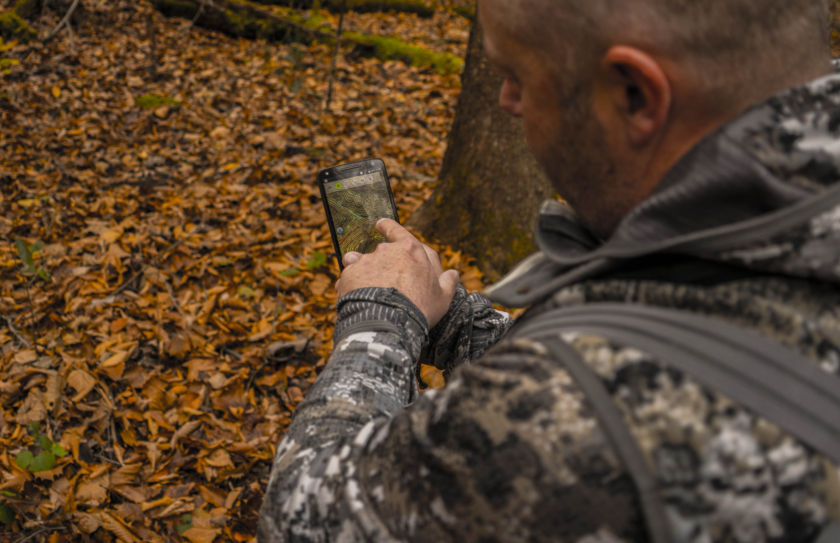There is nothing as satisfying as filling your tag on a DIY public land rut hunt. When the hours spent in preparation finally pay off, an enormous sense of accomplishment can overtake you. 2016 marks my 31st year of hunting public land and this year's buck adds to over 20 public land bucks that I have already harvested. In those 3 decades I have experienced many ups and downs, but I have learned that there are 5 key factors that directly influence the potential success of a DIY public land rut hunt.

Our WHS Whitetails Strategy Series Books are the perfect books to give (Even to yourself) for the Holidays!
Locate The Bucks
Self explanatory right? The first step in stacking the odds for success on a public land rut hunts is to know where to focus on. Scouting ahead of time is critical! Find areas that boast good historical buck sign; scrapes, rubs, etc. However, it is also important to find locations that non-core bucks will travel through while cruising long distances in search of does. Ideal setups should focus cruising travel corridors, pinchpoints and hidden brushy connections between bedding areas.
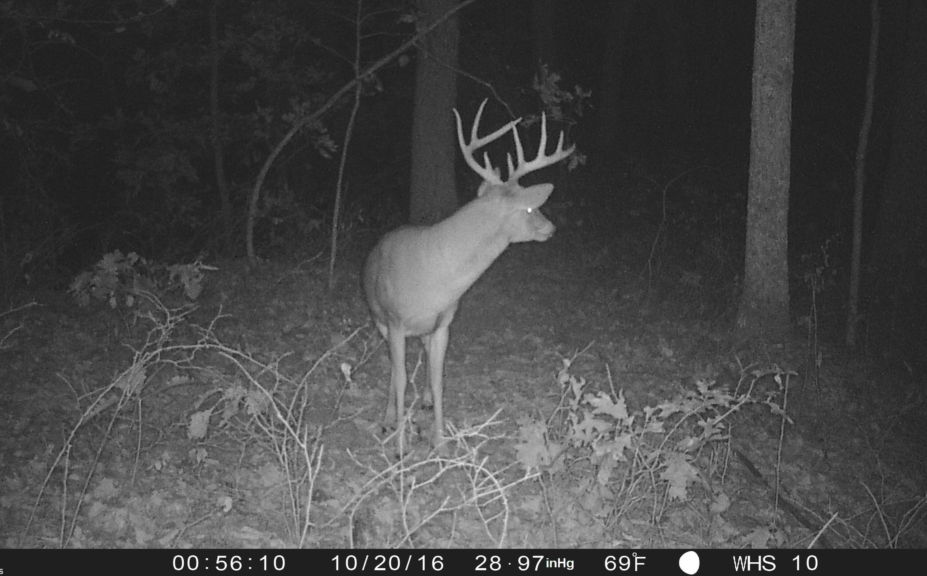
Remote Stand Location Strategies
The main challenge in hunting public land is hunting pressure. Areas near roads, parking areas and access trails will be the most disturbed. Distance yourself from disturbance. Finding 4-6 remote locations leaves yourself some wiggle room. You may find that 2-3 locations have good deer movement and activity so they are the best ones to focus on, while others may not have much deer sign or have been recently disturbed by other hunters. By working harder and going further than the average hunter will travel, you can reduce the risk of hunting ground that is too heavily pressured or may not have much deer movement. I typically hunt 30-60 minutes from the truck and have 4-6 locations that I have previously scouted, ready to hunt in different wind directions and weather conditions. It often calls for earlier mornings and later nights, but it will distance you from the competition while creating more opportunities for success.
Trail Camera Coverage Tips
Let your trail cameras tell you where to hunt. If you can, set a camera at each of your potential stand location areas. This can help you avoid wasting your time in areas void of good deer movement or areas that are frequented by other hunters. I would certainly recommend that you lock your cameras or at least keep them hidden from potential thieves. Spreading your cameras 1/4 to 1/2 mile apart can give you a great idea of which bucks are using the areas, when they are traveling, and where they might spend most of their time. Allow your cameras 3-4 weeks to soak and gather as much intel as possible prior to your rut hunt to ensure that your information is accurate and recent. Setting your cameras in these areas in the summer months can give you false information, so focus on the month before you plan to hunt.
Peak and Post Rut Opportunities
While it is possible to kill bucks on public land throughout the entire season, it is far more likely that you will find success during the peak and post rut. On public land, core (local) bucks are often spooked by other hunters and often times daylight movement is limited. By hunting the peak and post rut, you can capitalize on encounters with long range non core cruising bucks that are out of their core areas in search of the last does reaching estrus.
Hunt The Weather
As a die-hard advocate for the premise of hunting only when the conditions are right, I cannot stress enough the importance of hunting significant changes in weather. Hunting your best stands in poor weather conditions can burn them out in a hurry! If you only have a few sets to choose from, don't waste them by hunting on "boring" weather days. By hunting cold fronts, changes in precipitation or wind speed, you will set the final piece of the puzzle in place. Rather than taking a full week off and hunting hard day in and day out, your time will be much better spent with a flexible schedule hunting these conditions, and your stand locations will remain fresh and un-pressured.
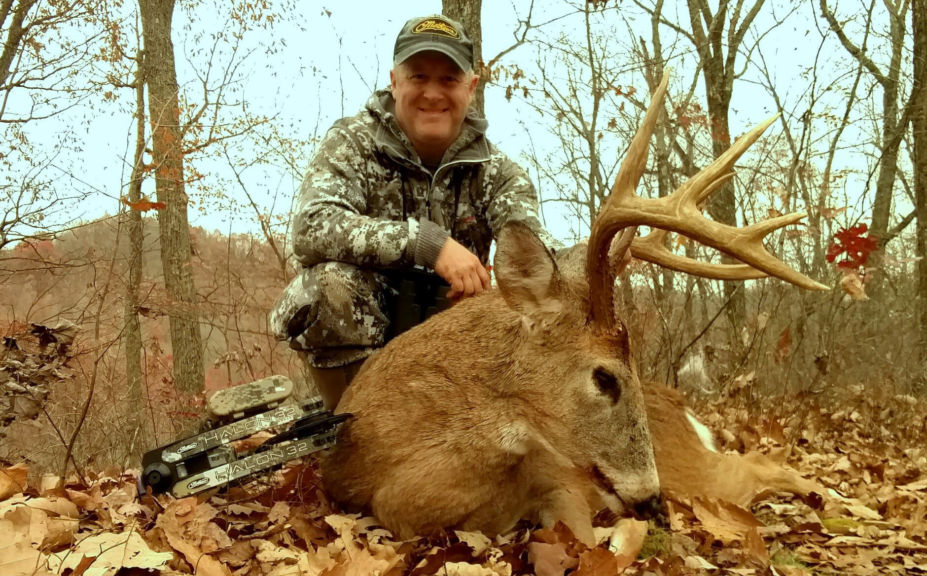
Conclusion
Do it yourself hunts can be tough, but when it all comes together, there can be nothing more satisfying! This fall in Southern Ohio, I tagged my 20th public land buck. A good friend Rich and I traveled down to do some scouting in mid October. We set 4 cameras and found 6 stand locations to focus on. When we returned in early November, we found that 3 of our cameras frequently had good bucks on them. We rotated sits and hunted after a good cold front hit the area. Rich had opportunities on 2 mature bucks on our first trip, but could not capitalize. I waited for the next cold front to sweep across the midwest, and made the 11 hour drive back down to Ohio. I arrowed a great mature 9 point buck that we had several trail camera photos of just 2 hours into my first hunt. We stacked every odd in our favor, and experienced great success this season on Ohio's public land. By focusing on these 5 tips, I believe that anyone can experience that feeling of accomplishment.
